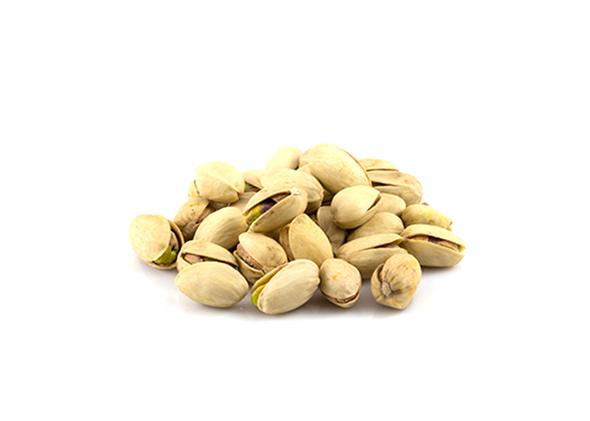The last time you had some mixed nuts at a bar, you probably didn’t realize that you were eating the future. But among those lightly salted almonds and pecans was the promise of a better world. A digital world improved by nuts and seeds.
OK, so this may be more of a coincidence than a trend, but it’s certainly an unexpected one. Small companies such as nut butter purveyor Justin’s are using the startup model to disrupt the Jifs and Skippys of the world; Boulder-based founder Justin Gold has raised millions in investments from local entrepreneurs—many of whom work in tech, such as digital marketer Rob Schuham. But the tech/nut convergence elsewhere is weirder, more futuristic. A new smartphone is being coated in cashew powder. And pistachio shells are heating an eco-city in Turkey. What gives?
OnePlus is a startup that’s making smartphones. Which is weird. Even bold hardware startups usually shy away from smartphones because the devices are complex, use a long list of materials, and have a lot of components. To produce a smartphone, you need an extensive supply chain and, well, money. People keep calling OnePlus’ debut phone, the One, a Nexus killer because it has comparable specs. But the One isn’t just a rehash. OnePlus is trying to innovate and use diverse materials to make a better experience. And that includes a back that features a cashew powder coating. You can’t eat it, but it is supposed to make the phone feel nicer.

Photo Courtesy of OnePlus
OnePlus contracted with the Japanese coating company Cashew to coat the One’s Silk White covers. A OnePlus representative said that OnePlus CEO Peter Lau wasn’t necessarily planning to work with Cashew, but when he felt Cashew’s newest (and at that point still unreleased) coating, he wanted it to create a soft back for the One. Cashew’s website explains, “It all started with an encounter with a piece of cashew nut. Our company started with unconventional lacquer coating and friction material produced from plant phenol compound extracted from cashew nuts.”
Meanwhile, in the province of Gaziantep, Turkey, a proposal is under review by local officials to start an eco-city that would be heated by pistachio shells. The area currently produces about 4,500 tons of pistachios a year, and as a result there is significant pistachio shell waste. As Seda Muftuoglu Gulec, a green builder for the municipality, told the Agence France-Presse, “We thought the ecological city could be heated by burning pistachio shells because when you plan such environment-friendly systems, you take a look at natural resources you have. If the region was abundant in wind power, we would utilize wind energy.”

Photo courtesy of Shutterstock.
Both public and private buildings in the proposed 12.4-square-mile city would get heat from the pistachio shells, and the goal would be for the city to house 200,000 people. The province is currently planning a 136-acre pilot program to test the eco-city’s infrastructure plans.
Johannes Lehmann, a soil scientist at Cornell University who works on converting biomass residues to usable energy, says that it’s not radical to use nutshells as an energy source, but it’s innovative to do it in the context of a specially designed eco-city.
“The eco-city is a very intriguing aspect,” he says. “They are at the stage where pistachio shells are still a residue without use, and that’s of course an opportunity. … There’s no cost associated with growing it or transporting it. It’s already there on a big pile.” A number of processes can be used to extract energy from pistachio shells, including burning, charring, or gasifying them.
Lehmann says that using shells for energy has become a big interest among almond growers. And he points out that Dixon Ridge Farms in Winters, California, has been gasifying shells from the walnuts the farm produces since 2007. Today Dixon Ridge’s process harvests about 643,000 kWh per year, or about $102,000 worth of electricity and $24,000 worth of gas that replaces propane.
The tech/nut collision may seem like a happy accident. But it also stems from the never-ending search for innovative and sustainable materials, and from looking for the next big thing in industries that haven’t had a lot of recent growth or change. Taking a segment that hasn’t seen innovation in a long time and using technology to reimagine it can produce the Ubers and Nests of the world. And sometimes it can make entrepreneurs go a little nuts.
